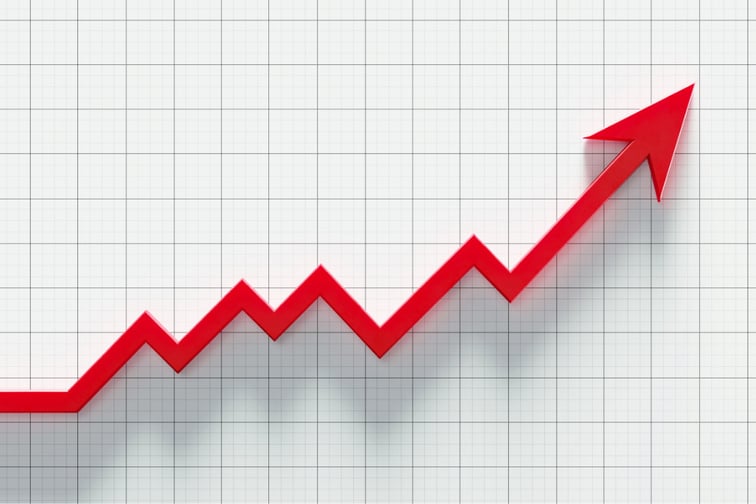

The Australian Bureau of Statistics (ABS) released its latest Wage Price Index (WPI) on Wednesday, revealing that wages have continued to rise ever since the start of the pandemic.
The WPI recorded a 0.7% increase in the December quarter of 2021, bringing the annual growth rate to 2.3% — back to its pre-pandemic patterns. Specifically, the private sector edged up 0.6%, with the public sector following closely at 0.5% in the same period.
Michelle Marquardt, head of prices statistics at the ABS, said annual wage growth made a quick comeback from the low of 1.4% in the latter part of 2020 to the 2.3% of today.
“The proportion of pay rises reported over the December quarter was higher than usually seen at this time of year,” Marquardt said. “The implementation of the last phases of award updates and state-based public sector enterprise agreements, on top of a rising number of wage and salary reviews, drove wages up 0.7% over the quarter.”
Across the country, Queensland recorded the highest quarterly growth at 0.8%, while Tasmania recorded the highest annual growth. The rest of the states lagged.
Private sector wages increased across a broad range of industries at 2.4%, with the retail industry leading with growth of 1.2%. Last November, ABS noted a significant uptick in white-collar pay as more organizations are looking to attract and retain employees to prevent mass turnovers and skills shortages by offering higher compensation. Public sector wages followed a similar trend at 2.1% after a series low of 1.3% in the June quarter of 2021.
Dr. Andrew Wilson, consultant economist at Bluestone Home Loans, commented that the wage growth was predictable over the December quarter but a sustained spike in wages is “problematic” with the possibility of increased unemployment among low-wage workers.
“Although the December result was the highest quarterly increase since March 2014, a sustained spike in wages remains problematic,” Wilson said. “Unemployment rates are at near-record lows, however a surge in labour supply can be expected as the economy continues to normalise through a post-COVID recovery. Growth in the national workforce has stagnated over the past two years as a result of closed borders, but mass migration is set to recommence almost immediately which will add significantly to the supply of labour – with increased competition for jobs.”
“Despite the recent COVID-related spike in inflation, the RBA has consistently stipulated that any action to raise official rates is dependent - as usual - on sustained annual wages growth above its 3% target,” Wilson added. “The latest wages data and a likely surge in workers continue to indicate that reaching that benchmark will be next year – at the very earliest.”
